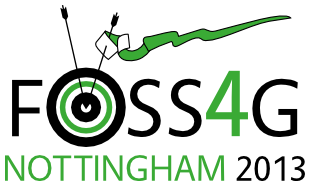Presentation
A New GIS Toolbox For Integrating Massive Heterogeneous GIS Data For Land Use Change Analysis
Birgit Laggner (Thünen-Institute of Rural Studies, Braunschweig) with Natascha Orthen (Thünen-Institute of Rural Studies, Braunschweig)
15:30 on Friday 20th September (in Session 42, starting at 1:30 p.m., EMCC: Room 4)
Show in Timetable
Agricultural land use in Germany and related impacts on the environment and the use of natural resources are key research topics at the Thünen-Institute of Rural Studies. As spatial context is essential for the analysis of causal connections, GIS data regarding all necessary information was gathered during different research projects and prepared for processing in a database. In particular, the Integrated Administration and Control System, which was available for certain project purposes for several Federal Laender and years, serves as a very detailed data source for agricultural land use. We use different Open Source GIS software like PostgreSQL/PostGIS, GRASS and QuantumGIS for geoprocessing, supplemented with the proprietary ESRI product ArcGIS. After introducing the used input data and the general processing approach, this paper presents a selection of geoprocessing routines for which Open Source GIS software was used. As an exemplary 'use case' for the conclusions from the consecutive statistical analysis, we summarize impacts of increased biogas production on agricultural land use change highlighting the trend in biogas maize cultivation and the conversion of permanent grassland to agricultural cropland.
